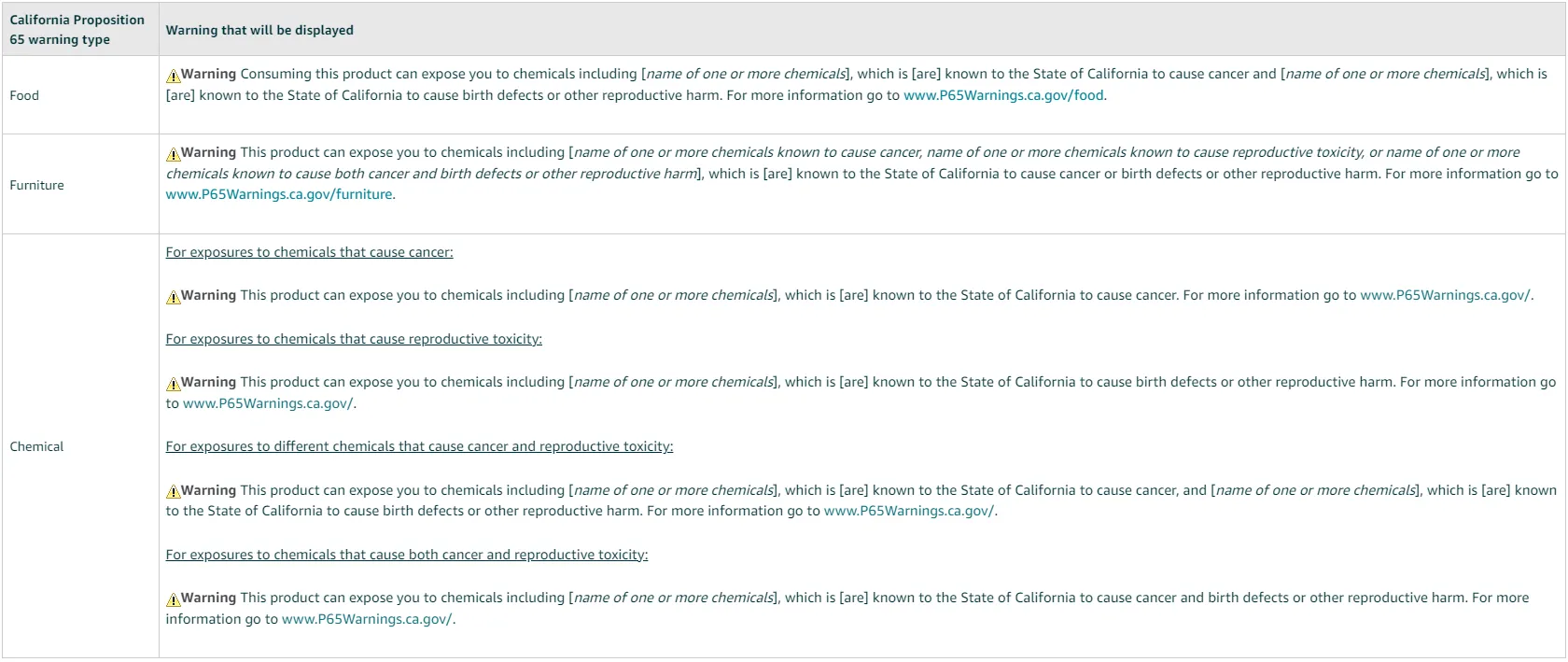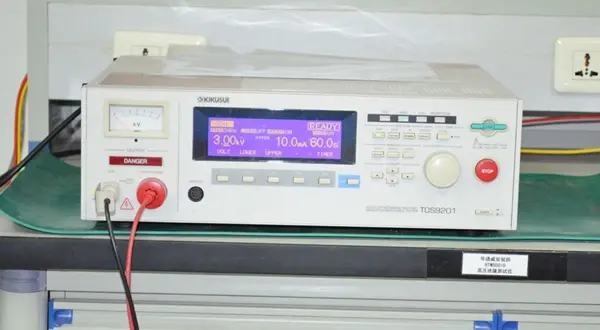
EU Compliance for Electronic Products
To sell electronic and electrical equipment in the EU market, products must comply with several regULations and directives, including but not limited to:
1. Directive 2014/35/EU (low voltage directive, LVD)
2. Directive 2014/30/EU (Electromagnetic Compatibility Directive, EMC)
3. Directive 2014/53/EU (Radio Equipment Directive, RED)
4. Directive 2009/125/EC (Ecodesign Directive)
5. Regulation (EU) 2017/1369 (Energy Labelling Regulation)
6. Directive 2011/65/EU (RoHS Directive)
7. Directive 2012/19/EU (WEEE Directive)
8. Directive 2006/66/EC (Battery Directive)
9. Regulation (EU) 2023/1542 (Battery Regulation)
10. French AGEC Law (Anti-Waste and Circular Economy Law), where applicable
Compliance must be ensured across all stages: design, manufacturing, marketing, and after-sales.
Key Directives and Requirements for Electrical Products
Low Voltage Directive (LVD) – Directive 2014/35/EU
Sets requirements for electrical equipment operating within specific voltage limits (AC 50–1000V and DC 75–1500V) to ensure health and safety of persons, animals, and property. Excludes items listed in Annex II.
Electromagnetic Compatibility Directive (EMC) – Directive 2014/30/EU
Ensures devices that may generate or be affected by electromagnetic interference can function properly in their intended environment. Applies to equipment marketed in the EU and categorizes products as "apparatus" or "fixed installations."
Radio Equipment Directive (RED) – Directive 2014/53/EU
Regulates radio equipment’s safety, EMC performance, and spectrum efficiency. Applies to devices using radio frequencies, excluding items listed in Annex I.
Ecodesign Directive – Directive 2009/125/EC
Requires energy-related products to meet environmental and energy efficiency requirements. Products must comply to carry the ce marking.
Energy Labelling Regulation – Regulation (EU) 2017/1369
Mandates energy efficiency and consumption labels to help consumers choose environmentally friendly products.
RoHS Directive – Directive 2011/65/EU
Restricts use of hazardous substances (e.g., Pb, Hg, Cd, Cr(VI), PBB, PBDE, DEHP, BBP, DBP, DIBP) in electrical and electronic equipment (EEE).
WEEE Directive – Directive 2012/19/EU
Promotes collection, recycling, and recovery of waste electrical and electronic equipment.
Battery Directive – Directive 2006/66/EC (to be replaced by Battery Regulation in 2025)
Regulates battery manufacturing and waste management.
Battery Regulation – Regulation (EU) 2023/1542
Covers all battery types, requiring compliance in sustainability, labelling, safety, collection, and reporting. Applies to standalone and built-in batteries.
POPs Regulation – Regulation (EU) 2019/1021
Bans or restricts production, marketing, and use of Persistent Organic Pollutants to protect human health and the environment.
reach regulation – Regulation (EC) 1907/2006
Covers registration, evaluation, authorisation, and restriction of chemicals. Ensures chemical safety and promotes use of non-animal testing methods.
French AGEC Law
Mandates display of a repairability index on certain electrical and electronic products. The index must be visible on the packaging and online near the product price.
Manufacturer Responsibilities
Manufacturers play a critical role in ensuring that products placed on the EEA (European Economic Area) market are safe and compliant. Responsibilities include:
1. Identifying applicable EU directives/regulations and harmonized standards
2. Verifying specific product requirements
3. Determining if third-party conformity assessment is required
4. Testing the product and ensuring conformity
5. Compiling and maintaining technical documentation
6. Affixing the CE mark and issuing the EU Declaration of Conformity
Products must not carry the CE mark unless they fall under applicable directives.
Compliance Guidelines
(A) Labelling and Information Requirements
In addition to the CE marking, electronic and electrical equipment must include the following information:
1. Manufacturer details: Name, registered trade name/trademark, and postal address—on the product or, if not possible, on packaging or accompanying documents.
2. Importer details(if applicable): Same as above, presented in a language understandable to end users and market authorities.
3. Product identification: Model, batch or serial number, or another identifier—on the product or in accompanying documents.
4. Instructions and safety information: Must be provided in a language understood by consumers in the destination market.
5. Energy label: If covered by the Ecodesign Directive or Energy Labelling Regulation.
6. Repairability and sustainability index: If selling in France, display the relevant index if the product falls under the scope.
(These are summaries of labelling requirements from the respective EU directives and are for reference only.)
(B) Compliance Documentation Requirements
Authorities may request technical documentation in a language they understand. Depending on the product, the following compliance documents may be required:
CE-LVD
Certificate indicating conformity with Directive 2014/35/EU
Test report showing compliance with relevant harmonized standards
CE-EMC (Electric)
Certificate indicating conformity with Directive 2014/30/EU
Test report confirming electromagnetic compatibility
CE-RED (Electric)
Certificate indicating conformity with Directive 2014/53/EU
Test report confirming compliance with RED standards
CE-RoHS
Full test report covering the 10 restricted substances
Battery
Test report including product info, testing standards (e.g., IEC/EN/UL 62133, ul2054, ul2056, ul2743, ul1642), results, photos, and lab signature/stamp
For further details, consult the official guidance and FAQ documents provided by the European Commission.
Email:hello@jjrlab.com
Write your message here and send it to us
 Food Packaging Material Testing
Food Packaging Material Testing
 Cosmetic Product Safety Report
Cosmetic Product Safety Report
 What is Prop 65 Warning?
What is Prop 65 Warning?
 Does RoHS Apply to Packaging?
Does RoHS Apply to Packaging?
 How to Get RoHS Compliance?
How to Get RoHS Compliance?
 How to get EN 62368-1 Test Report
How to get EN 62368-1 Test Report
 EN 300 328 Bluetooth Test Report
EN 300 328 Bluetooth Test Report
 How to get the EN 300328 Test Report?
How to get the EN 300328 Test Report?
Leave us a message
24-hour online customer service at any time to respond, so that you worry!




